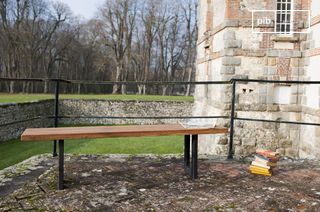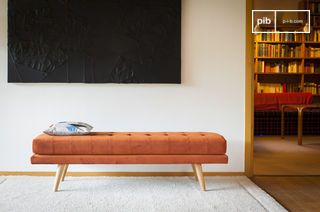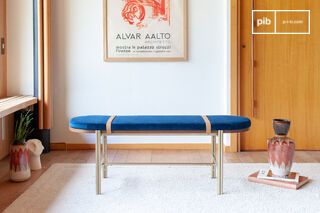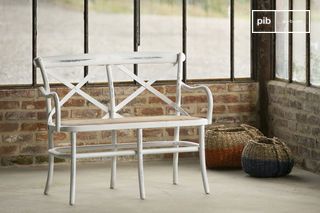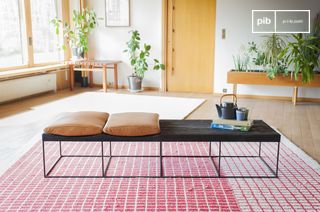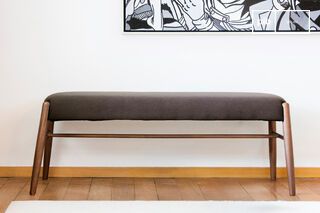Entryway benches
Entrance benches combine low seating and convenient storage. They allow you to sit down and put on your shoes, while also accommodating bags, shoes and everyday accessories. Placed against a free-standing wall or under a coat rack, they visually structure the threshold while preserving circulation. This category includes both open and closed formats, depending on the level of design and available space. The entrance bench is part of a functional logic, where each element responds to a clear need for space. read more >
Filters
10 festive days
10% off our tables and consoles
Welcome your guests in style · Limited stock

The main function and layout of the entrance bench
The entrance bench is a piece of furniture designed to meet two simultaneous uses: providing low seating and integrating accessible storage space. Its location, usually near the main door or in an airlock, places it at the heart of daily movements. It can be used to sit down and put on or take off shoes, as well as to place a bag or personal belongings when arriving or leaving. This dual function makes it a useful threshold piece in constrained, high-traffic areas. The format is generally compact, with a depth of between 30 and 45 cm.
Typologies, materials and storage systems
The entry bench can be a simple tray on a base, or incorporate closed or open compartments. Some models feature drawers, flaps or pedestals. Others feature open niches for direct access to shoes or bags. The choice depends on the level of discretion required and the frequency of use. Solid wood, painted metal, rattan or laminated panels are the most common materials. Some models also feature a removable cushion or textile surface for seating. Finishes vary according to the intended environment, but remain generally sober so as not to visually weigh down the entrance.
Relation to other elements and design logic
The entrance bench fits into a wider functional ensemble: coat rack, mirror, coat hooks, shoe cabinet. It can stand alone or be integrated into a linear composition. Its position should facilitate the repetitive movements involved in entering and exiting the home, while keeping circulation flowing. The addition of a bench can also be used to visually structure a passageway or stabilize an empty wall in a corridor. Consistency of material and template with adjacent elements ensures formal continuity in the restricted space of the entrance.
The entrance bench acts as a transitional piece of furniture. It links the outside to the inside, while providing clear functions in a controlled format. Its use is part of a precise daily routine, where practicality and compactness take precedence over formal demonstration.
It's an ideal piece of furniture for the home
